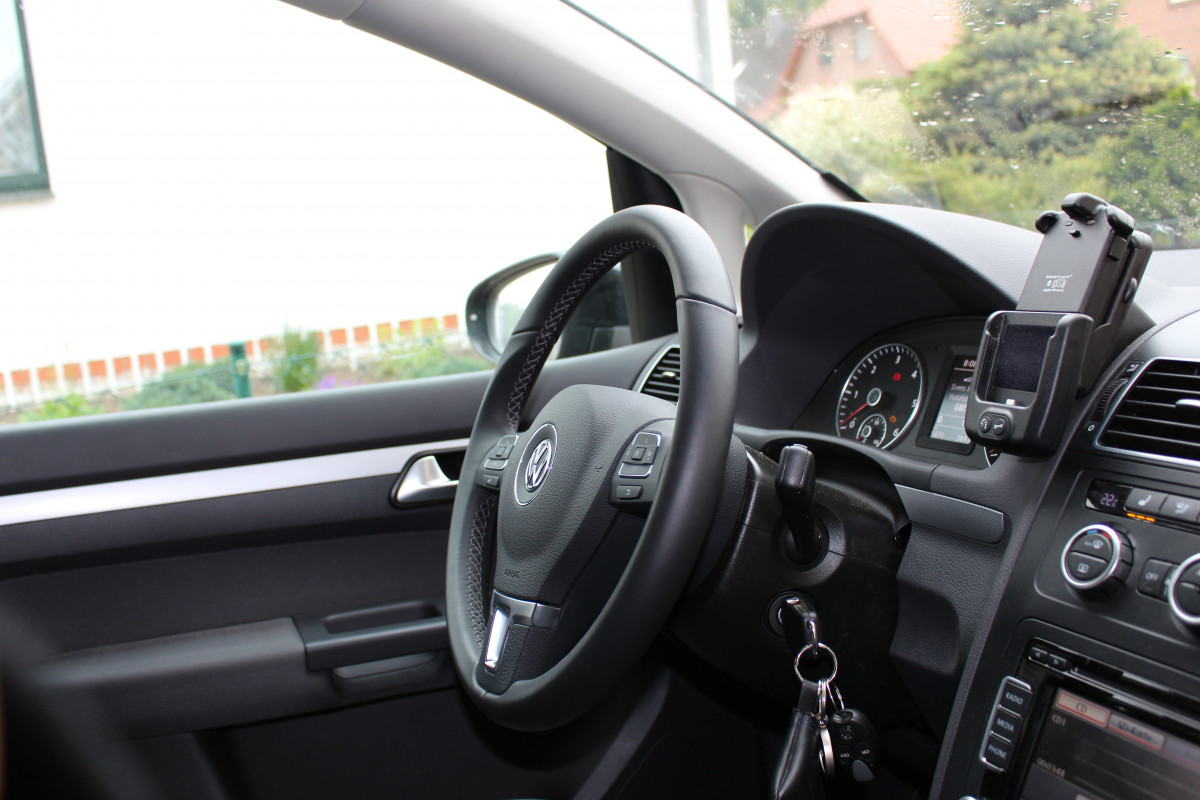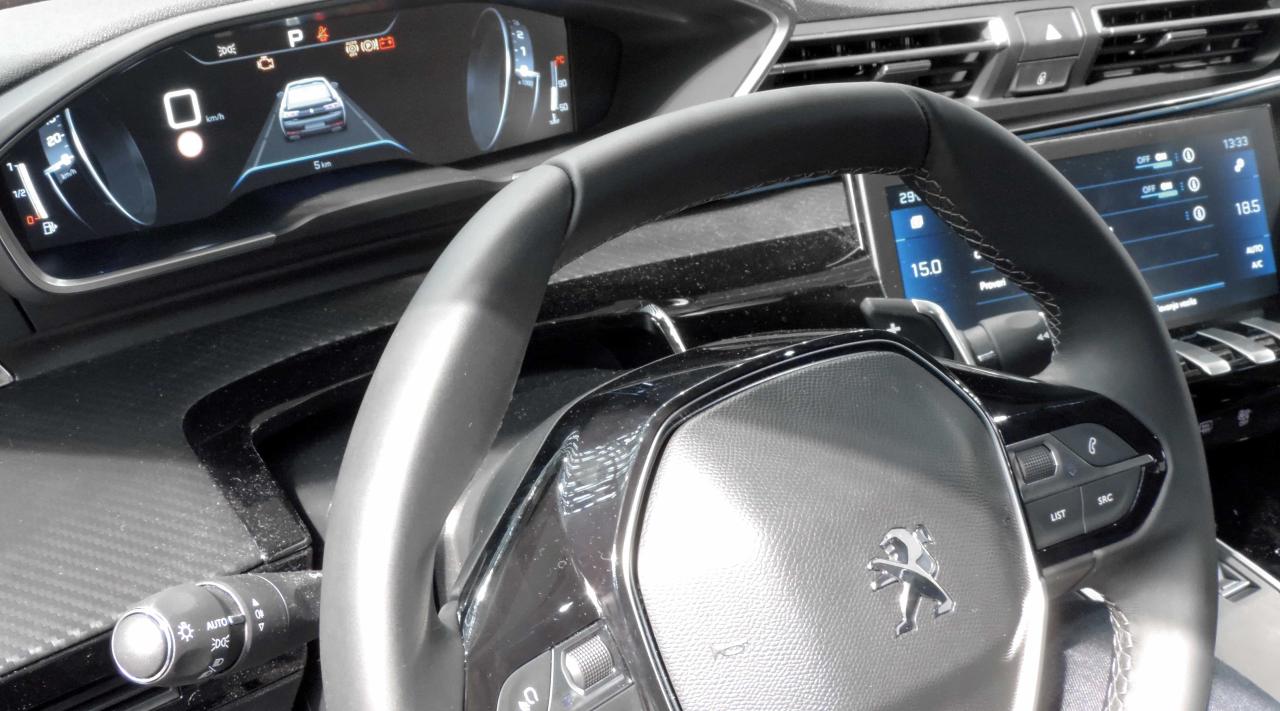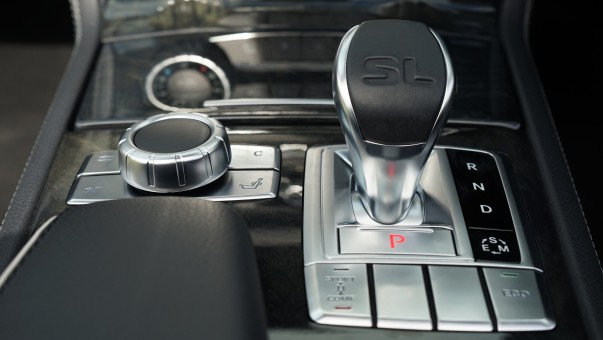Safety: Engineering Protection and Intelligent Vehicle Systems

The profound and universal concept of mobility is inextricably linked to an inherent, non-negotiable set of risks. Historically, the speed and mass of automobiles, combined with the fallibility of the human driver, resulted in an astronomical incidence of accidents, injuries, and fatalities worldwide. The early focus of the automotive industry was primarily on raw performance and aesthetic appeal.
Now, the singular, most critical, and non-negotiable standard for vehicle design is the commitment to safety. This paramount concern transcends all other considerations. It involves a continuous, relentless process of engineering advancement, technological innovation, and rigorous regulatory compliance.
Safety Features and Design is the indispensable, specialized engineering discipline dedicated entirely to building, testing, and integrating systems that proactively mitigate accident risk and passively protect occupants during the inevitable collision. This crucial framework encompasses a multi-layered approach. It moves from passive structural integrity to active, intelligent, software-defined intervention.
Understanding the core principles of crash energy absorption, the complexity of modern restraint systems, and the strategic imperative of advanced driver assistance is absolutely non-negotiable. This knowledge is the key to comprehending the engine that drives modern vehicle regulation, enhances consumer confidence, and fundamentally secures the long-term viability of the mobility ecosystem.
The Strategic Imperative of Enhanced Vehicle Safety
The necessity for continuous innovation in automotive safety is rooted in the strategic, ethical, and regulatory demands of modern society. Ethically, manufacturers bear a fundamental responsibility to minimize the harm caused by their products. Regulatory bodies, through stringent mandates and safety rating systems, enforce high standards that push engineers beyond simple compliance to achieve superior protective outcomes.
Safety features are classified into two primary categories. Passive safety systems are the physical components (e.g., airbags, chassis structures) designed to minimize injury during a crash event. Active safety systems are the intelligent, electronic technologies (e.g., ADAS) designed to prevent the crash from occurring in the first place. The most effective contemporary design utilizes an integrated, synergistic approach that maximizes both active prevention and passive protection.
The financial rationale for investing heavily in safety is profound and multi-faceted. Vehicles with superior, verifiable safety ratings command higher prices in the marketplace. They also benefit from significantly reduced insurance premiums. This superior safety performance provides a powerful, quantifiable competitive advantage. It attracts safety-conscious consumers globally.
The regulatory environment—enforced by bodies like the National Highway Traffic Safety Administration (NHTSA) and Euro NCAP—mandates continuous improvement. These organizations continuously update their testing criteria. This forces automakers to integrate the latest, most sophisticated protective technologies rapidly into all new vehicle designs.
Passive Safety (The Core Protection)

Passive safety refers to the physical and structural design elements engineered to manage and absorb the colossal energy generated during a collision event. These systems are the ultimate, non-negotiable line of physical defense for the occupants. Their effectiveness dictates survival and injury severity.
A. Crash Energy Absorption Zones
The core of passive safety is the Crash Energy Absorption Zone (or “crumple zones”). These are meticulously engineered, specific sections of the vehicle’s frame and body structure. They are designed to intentionally deform, collapse, and crush in a predictable manner upon impact. This controlled deformation manages the kinetic energy of the crash. It channels this energy away from the central, rigid Safety Cell (or passenger compartment). Preserving the integrity of the safety cell is the paramount goal.
B. The Rigid Safety Cell
The Safety Cell is the highly reinforced central structure surrounding the occupants. It utilizes high-strength steel, advanced alloys, and specialized welding techniques. This rigid design resists intrusion and deformation. Maintaining the survival space within the cabin is non-negotiable. This prevents the primary physical trauma that causes severe, life-threatening injury.
C. Advanced Restraint Systems (Airbags)
Advanced Restraint Systems are crucial secondary defenses. The airbag system is complex, utilizing multiple sensors to instantly detect the force, angle, and severity of the impact. It deploys multiple airbags (frontal, side-curtain, knee airbags) in milliseconds. These rapidly inflating cushions absorb the occupant’s inertia. They significantly mitigate trauma to the head and chest. Smart airbags adjust deployment force based on occupant weight and seat position.
D. Seatbelts and Pre-tensioners
The seatbelt remains the single most effective safety device ever invented. Modern seatbelts integrate pre-tensioners. Pre-tensioners instantly retract the seatbelt slightly upon impact. This rapid action eliminates slack. It securely positions the occupant against the seat back before the primary collision forces are fully realized. Force limiters then release a controlled amount of belt webbing. This carefully manages the force applied to the occupant’s chest and minimizes rib injury.
Active Safety (Accident Prevention)

Active safety systems are the technologically advanced, intelligent features designed to proactively monitor the environment. They intervene instantly to help the driver avoid a collision entirely or significantly mitigate its severity. These systems are the technological future of automotive safety. They are transforming driving into a machine-augmented task.
E. Advanced Driver-Assistance Systems (ADAS)
Advanced Driver-Assistance Systems (ADAS) is the comprehensive suite of electronic technologies that assist the human driver. ADAS utilizes sensors, cameras, and AI to provide real-time warnings and automated interventions. Examples include Lane Keep Assist, Automatic Emergency Braking (AEB), and Adaptive Cruise Control. AEB, which applies the brakes automatically to prevent or reduce the severity of a forward collision, is one of the most significant recent safety breakthroughs.
F. Electronic Stability Control (ESC)
Electronic Stability Control (ESC) is a mandatory feature in most modern vehicles. ESC utilizes sensors to detect instantly when the driver is losing control or when the vehicle is skidding. The system automatically applies individual brakes to specific wheels. This targeted braking helps steer the vehicle back onto the intended path. ESC significantly reduces the risk of rollovers and loss-of-control accidents.
G. Blind Spot Monitoring (BSM)
Blind Spot Monitoring (BSM) systems utilize radar sensors mounted on the rear of the vehicle. BSM detects the presence of vehicles in the driver’s blind spot. It alerts the driver via visual warnings (lights on the side mirrors) and, often, audible alerts. This system is crucial for preventing accidents during lane changes. It compensates for the limits of human peripheral vision.
H. Lighting and Visibility
Active safety relies on optimized lighting and visibility. Modern LED and matrix lighting systems provide superior illumination. They can automatically adjust the light pattern. This prevents glare to oncoming drivers while maximizing the light directed at the road. Automatic high-beam controls and adaptive lighting that “steers” into turns further enhance the driver’s field of view and reaction time.
Pedestrian and Vulnerable Road User Protection
The focus of automotive safety design has expanded significantly beyond occupant protection. It now includes non-occupant Vulnerable Road Users (VRUs). These users include pedestrians, cyclists, and motorcyclists. Protecting VRUs is mandatory for urban safety compliance. Design must actively mitigate external trauma.
I. Pedestrian Sensing and Braking
Advanced Pedestrian Sensing and Braking Systems utilize high-resolution cameras and computer vision. These systems detect the presence and predicted path of pedestrians and cyclists near the vehicle. If a collision is imminent and the driver fails to react, the Automatic Emergency Braking (AEB) system initiates braking instantly. This intervention significantly reduces impact speed and injury severity.
J. External Airbags and Active Hoods
Some designs incorporate external safety features. These features include deployable active hoods. These hoods pop up slightly upon impact with a pedestrian. The increased space between the hood and the hard engine components acts as a deformation zone. This reduces the severity of head injuries. Specialized pedestrian airbags deploy near the windshield base.
K. Exterior Design and Bumper Height
The exterior design itself is governed by strict pedestrian protection regulations. The design of the front bumper and hood must minimize sharp edges and rigid contact points. The entire front structure is engineered for optimized energy absorption. This design consideration is often a significant constraint on the vehicle’s final aesthetic form. Safety mandates specific front-end geometry.
L. V2X for Shared Awareness
The future of VRU protection relies on Vehicle-to-Everything (V2X) communication. V2X allows the vehicle to receive real-time data from nearby smartphones or smart city infrastructure. This data alerts the driver or the autonomous system to the presence of a cyclist or pedestrian, even if they are obscured by a physical obstacle. V2X creates a collective, shared awareness of the immediate environment.
Conclusion
Automotive Safety Features and Design is the non-negotiable discipline focused on holistic risk mitigation.
Passive safety relies on engineered crumple zones and the rigid safety cell structure to absorb and channel collision energy away from the occupants.
Advanced restraint systems, including multi-stage airbags and seatbelt pre-tensioners, mitigate severe head and chest trauma instantly upon impact.
Active safety utilizes sophisticated ADAS technologies like Automatic Emergency Braking (AEB) and Electronic Stability Control (ESC) to proactively prevent accidents.
Blind Spot Monitoring (BSM) and adaptive lighting systems enhance driver awareness, compensating for the limitations of human perception and vision.
The expansion of safety mandates non-negotiable protection for Vulnerable Road Users (VRUs) through pedestrian sensing and external safety features.
Compliance requires seamless integration of Lidar, Radar, and Camera sensor suites, ensuring non-obstructed fields of view for all ADAS functions.
The safety of future mobility relies on V2X communication to instantly share critical environmental data between the vehicle and surrounding infrastructure.
Rigorous safety standards and continuous technological innovation are the ultimate engines driving down global road fatalities and serious injury rates.
Investment in superior, verifiable safety is a powerful, quantifiable competitive advantage that directly translates into reduced insurance premiums.
Mastering the integration of intelligent software intervention with robust passive structural protection is the final, authoritative guarantor of life.
Automotive safety stands as the indispensable ethical and regulatory foundation of the entire global transportation system.